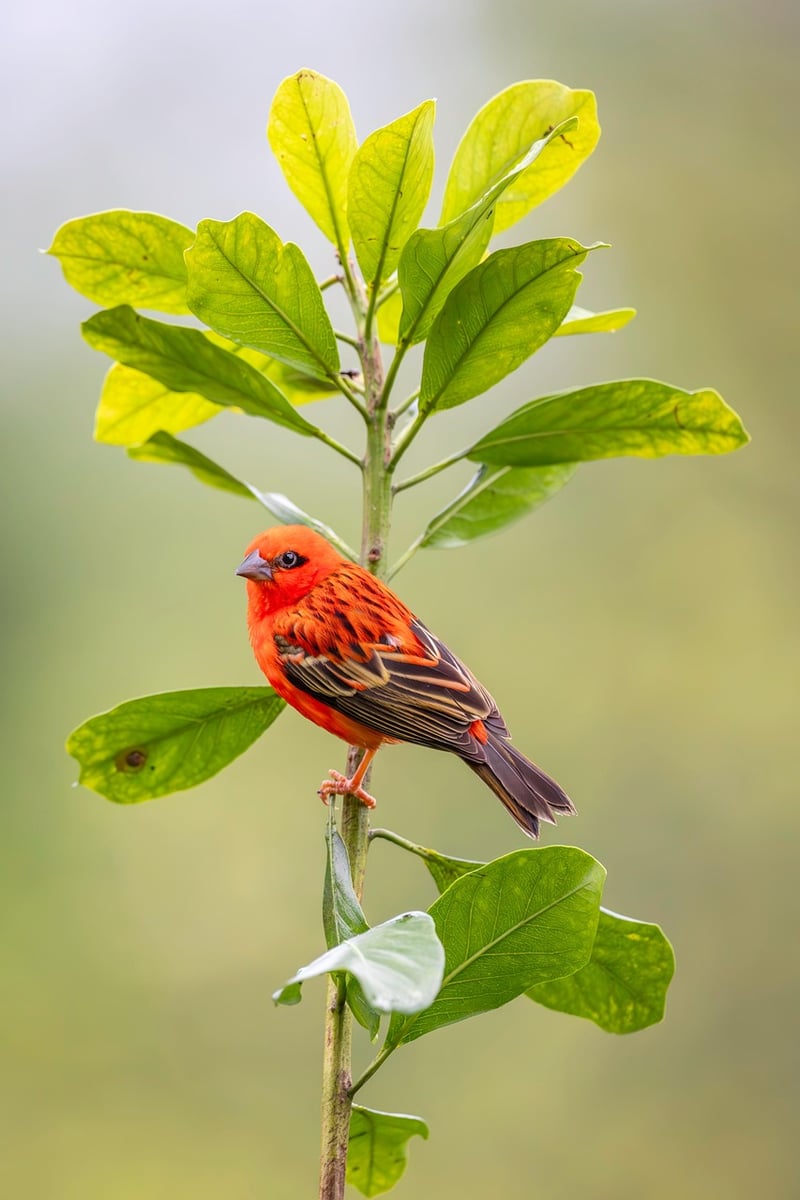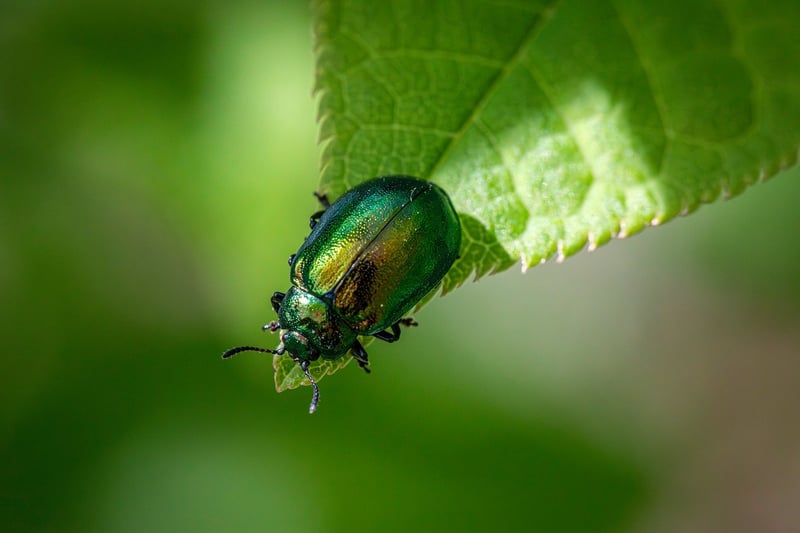Pest Control
Guide to Caring for Vertical Gardens and Pest Control
Caring for Vertical Gardens
Vertical gardens are a fantastic way to bring greenery into small spaces and add a touch of nature to urban environments. Here are some essential tips to help you care for your vertical garden:
1. Choose the Right Plants
When selecting plants for your vertical garden, consider the amount of sunlight the area receives and choose plants that thrive in those conditions. Additionally, mix plants with varying textures and colors for a visually appealing display.
2. Watering
Ensure your vertical garden is adequately watered. The vertical orientation can lead to faster drying of the soil, so check the moisture levels regularly. Consider installing an irrigation system for efficient watering.
3. Pruning and Maintenance
Regularly prune your plants to promote healthy growth and prevent overcrowding. Remove any dead leaves or flowers to maintain the overall appearance of your vertical garden.
Pest Control for Vertical Gardens
Pests can pose a threat to the health of your vertical garden. Here are some natural pest control methods to keep your plants healthy:
1. Neem Oil
Neem oil is a natural insecticide that can help control pests like aphids, spider mites, and mealybugs. Dilute neem oil in water and spray it on affected plants to eliminate pests.
2. Beneficial Insects
Introduce beneficial insects like ladybugs or lacewings to your vertical garden. These insects feed on common garden pests, helping to keep pest populations in check.
3. Diatomaceous Earth
Diatomaceous earth is a natural and non-toxic substance that can be sprinkled around plants to deter pests like slugs, snails, and ants. It works by dehydrating the pests upon contact.
By following these care tips and natural pest control methods, you can enjoy a thriving vertical garden that adds beauty and greenery to your space.

For more information on vertical gardening and pest control, check out Royal Horticultural Society.
